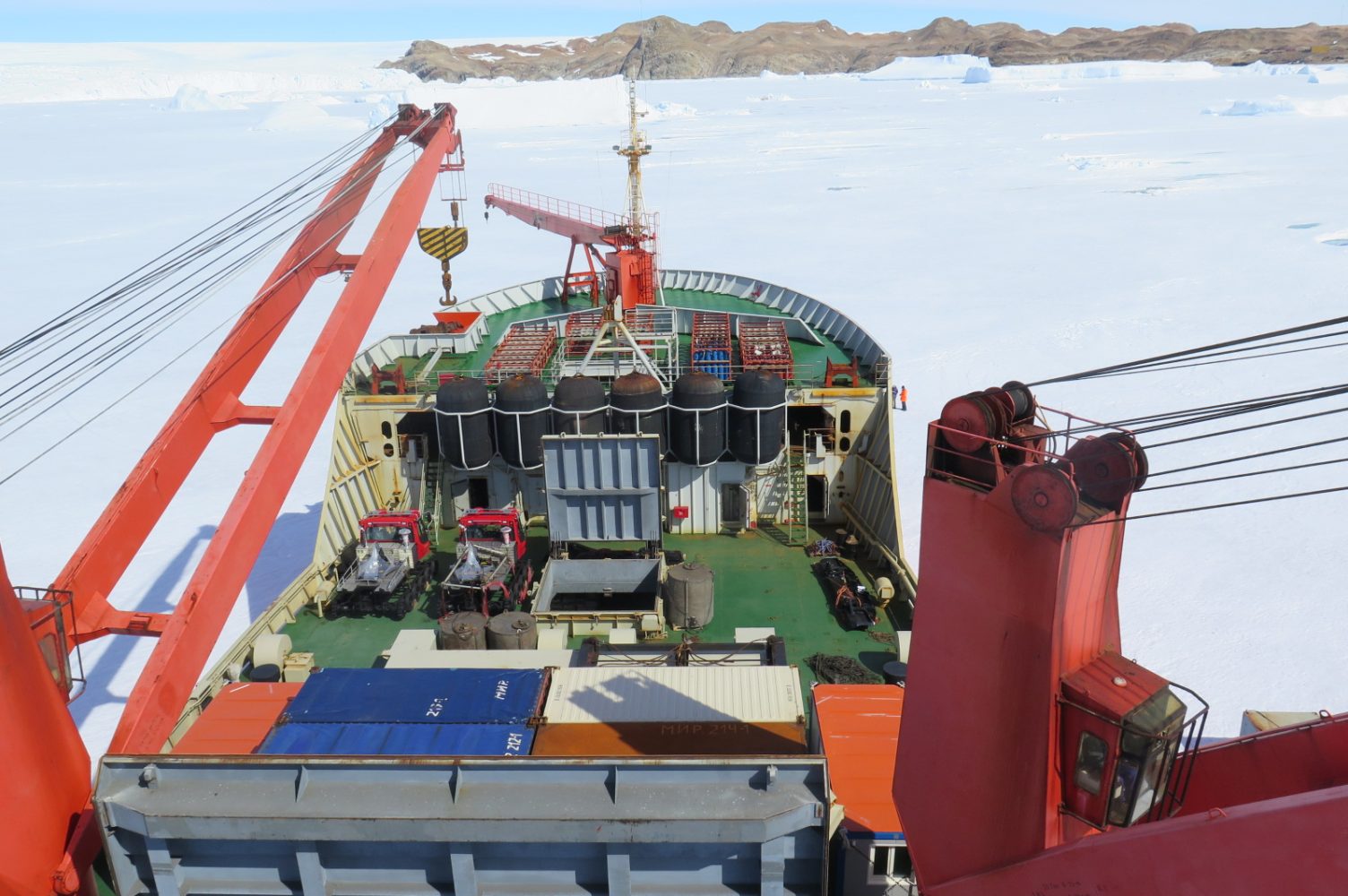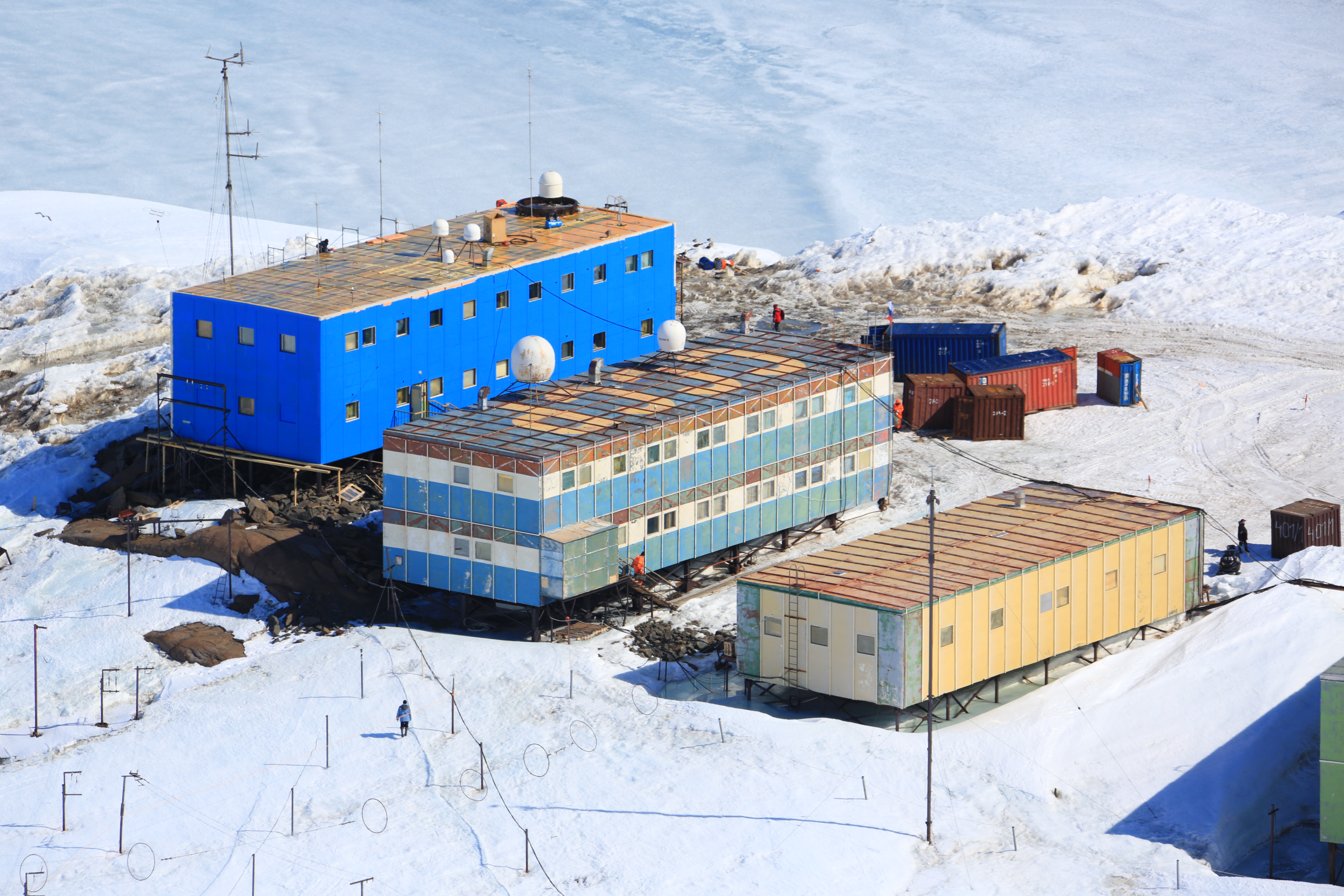
Russia and Norway Join Efforts to Clean Up Arctic
back to contentsNorway helps Russia to dispose of its nuclear legacy by financing cleanup projects in the Arctic regions of Northwest Russia. “For Norway, cooperation with Russia in the field of nuclear and radiation safety is a priority. We have achieved a lot in 25 years,” Audun Halvorsen, State Secretary to the Norwegian Ministry of Foreign Affairs, admitted in his speech at the meeting opening.
Anatoly Grigoriev, the international remediation project manager from Rosatom’s Center of International Projects and Programs for Radioactive Waste, Spent Nuclear Fuel and Nuclear Decommissioning, supported Mr. Halvorsen’s views.
Grigoriev said that almost all spent fuel has been already removed from the decommissioned nuclear submarines.
Radioactivity of the Lepse service ship went down from 540,000 Ci to 20,000 Ci in 2020 after the removal of damaged fuel assemblies began in the autumn of 2019. The assemblies were kept on board Lepse for many years while she was berthed and decommissioned gradually at an Atomflot naval base after an accident in 1984.
Special facilities have been built at the submarine bases in the Sayda, Andreev and Gremikha Bays to handle radioactive waste and spent nuclear fuel, and rehabilitate nearby territories.
Sayda is a new repository intended for the long-term storage of reactor compartments and service ship parts in special casks. At present, there are 121 casks with submarine reactor components and six casks containing service ship parts. With a total storage capacity of 178 casks, the repository is expected to handle 820 cubic meters of solid nuclear waste in 2020. Besides, Sayda-based facilities are used as a decontamination site for steel, which is then sold as clean scrap.

The aggregate radioactivity of waste kept at the Andreev Bay shrank by one third. After the removal of 7,500 fuel assemblies for disposal, radioactivity fell by about 1 million Ci as compared to 2017. In 2019, more assemblies were removed, with their total radioactivity amounting to 400,000 Ci. Another challenge — extraction of six damaged fuel assemblies from the fuel pool — was accomplished: they were placed into casks and are ready for the transportation to the storage site outside the Murmansk Region.
Almost 900 spent fuel assemblies and 744 cubic meters of radioactive waste were removed from the Gremikha Bay, which used to be a storage site for 11 liquid metal cooled reactors from nuclear submarines. Seven cores were completely disassembled, while another four still remain on the site. It takes one year to dispose of a single reactor core because of high radiation exposure, making it impossible to speed up the process. The work is expected to be completed in 2023.
“We are proud that, together with Norway, we have removed 251 out of 1,000 RITEGs from the Russian coastal territories. No nuclear hazards [RITEGs] are left on the coasts of the Murmansk, Arkhangelsk, Leningrad and Kaliningrad Regions — all nuclear facilities have been replaced with safe sources of power,” Anatoly Grigoriev said.
The goals for a period until 2027 are to remove nuclear fuel from the facilities in the Arctic regions of Northwest Russia, complete the disposal of nuclear submarines, nuclear icebreakers and service ships, and proceed with active rehabilitation of the territories. “Taking into account our positive experience, we are likely to succeed in solving these tasks,” Anatoly Grigoriev said at the end of his speech.
Another important task to be solved by both countries is the elimination of sunken vessels and other items. All relevant preparations have been completed by now.
A feasibility study for the safe handling of submerged nuclear items was finished in 2020. For four years that have passed since the signing of a contract between the European Commission and Italy’s Sogin, an international team of experts has created a database of sunken vessels and other nuclear items, rated them by degree of hazard, estimated the cost of disposal and prepared a time schedule for the project.
In 2019, the document was discussed at several international conferences. The conclusion is that such hazardous nuclear items should not be left for the next generations and need to be removed and brought to a safe condition. Total radioactivity of nuclear submarines sunken in the Barents and Kara Seas is 1 million Ci. According to Russia’s preliminary estimates, they can be removed within 12 years.

As stated by Oleg Kryukov, Rosatom’s Director for Public Policy on Radioactive Waste, Spent Nuclear Fuel and Nuclear Decommissioning, lifting these objects from the sea bottom is an extremely difficult task never undertaken anywhere in the world before. Rosatom is considering different cooperation options, technologies and ways of building a suitable vessel. “Safety and environmental impact will always be a top priority. The most important thing is to have zero accidents during such activities,” Oleg Kryukov stressed.
Recapping the work of the Commission, Oleg Kryukov concluded that he was fully satisfied with its results and deep understanding between Russia and Norway striving for a common goal of improving environment in Northwest Russia.




